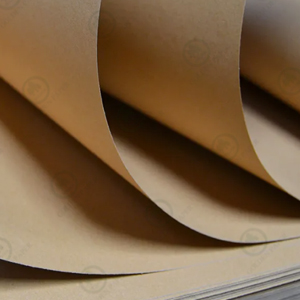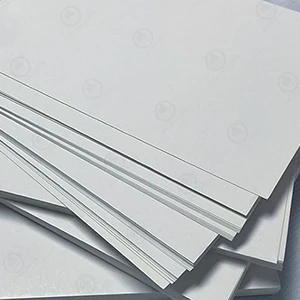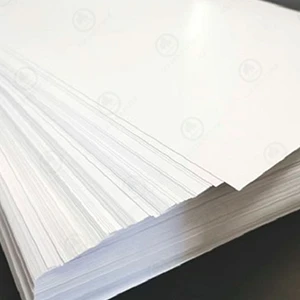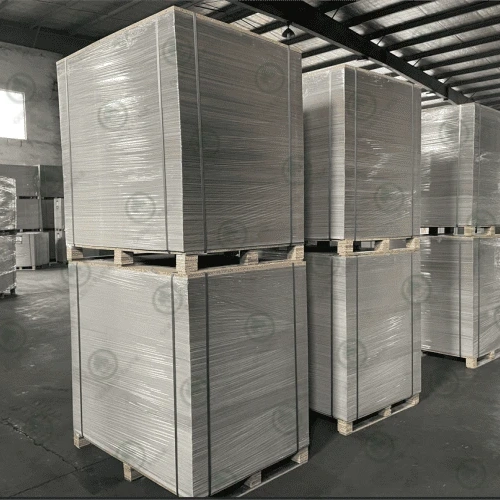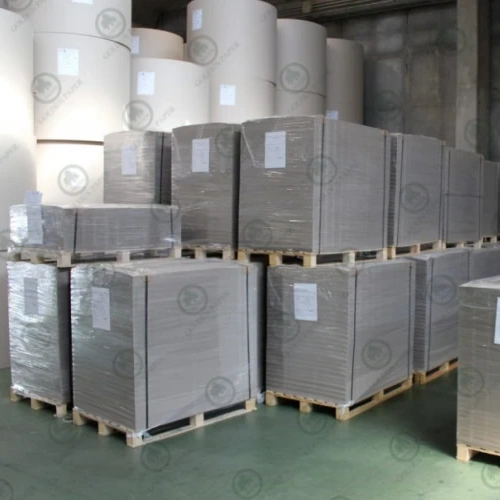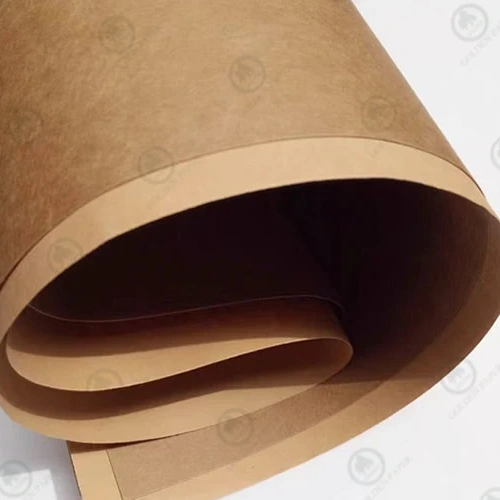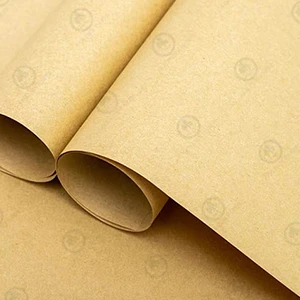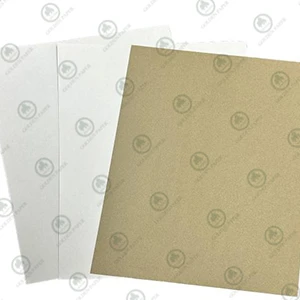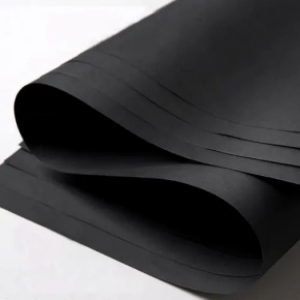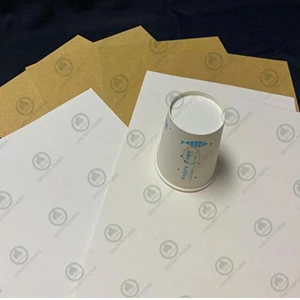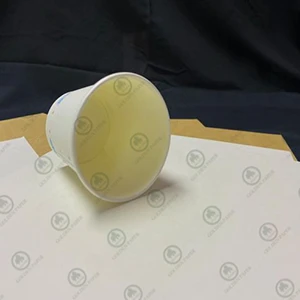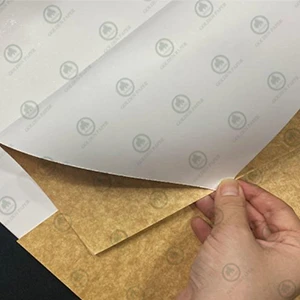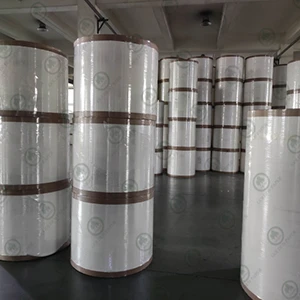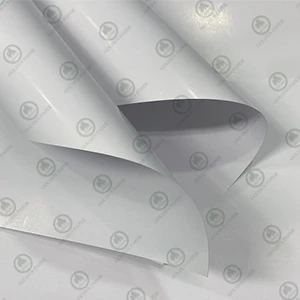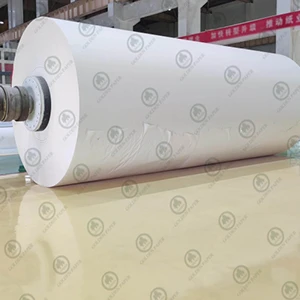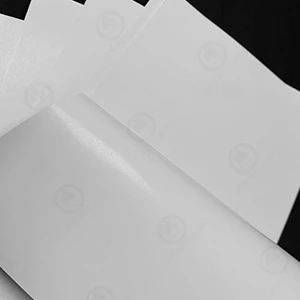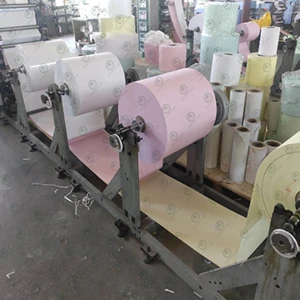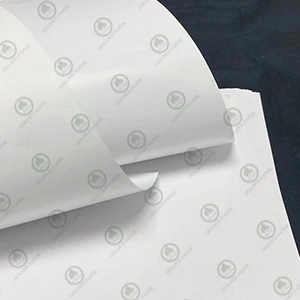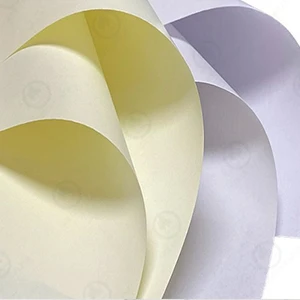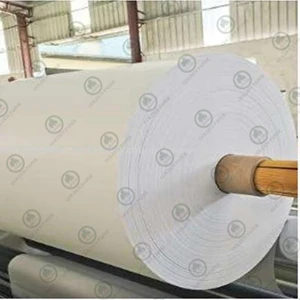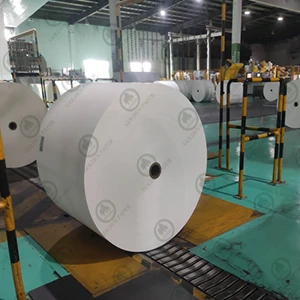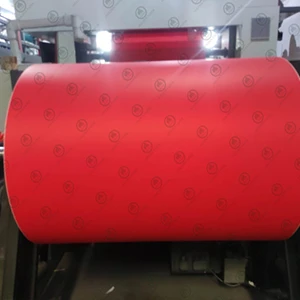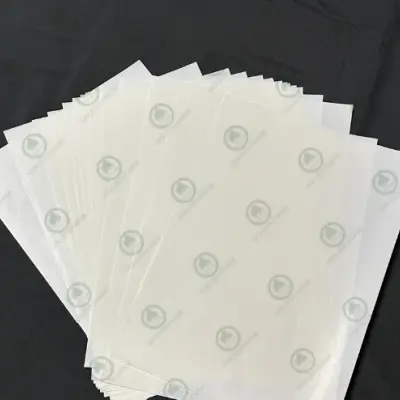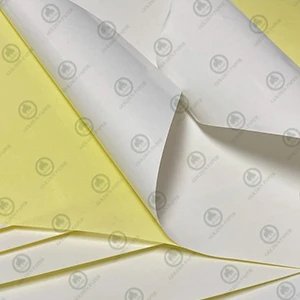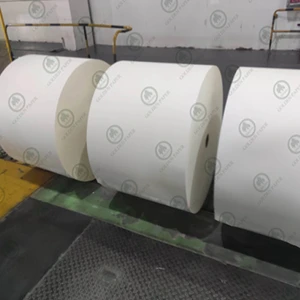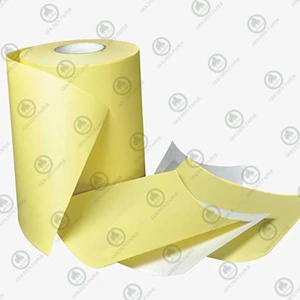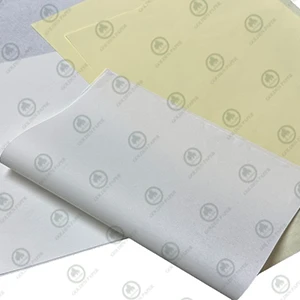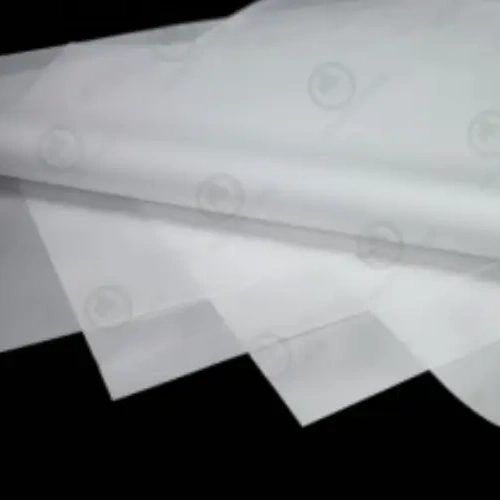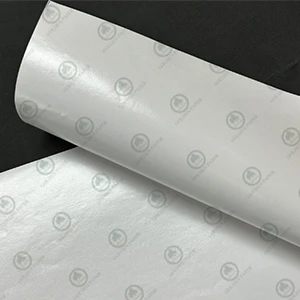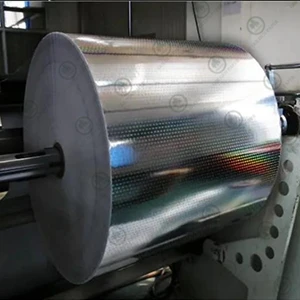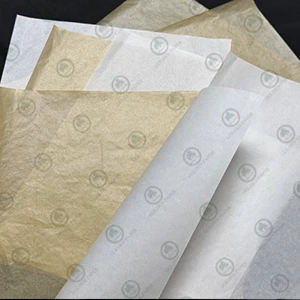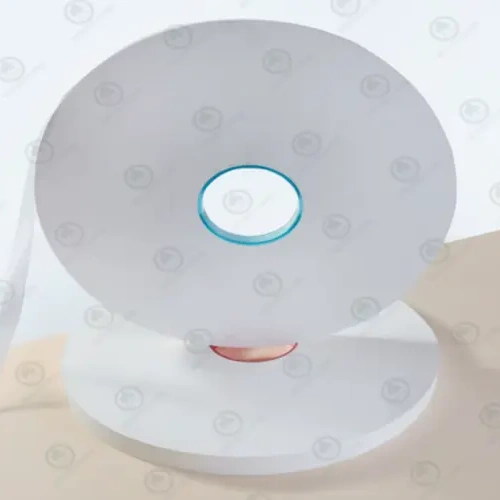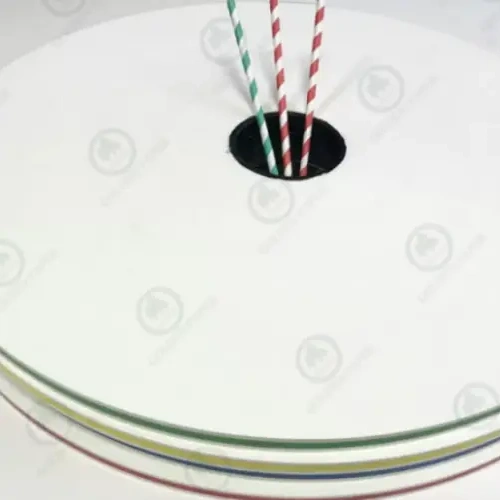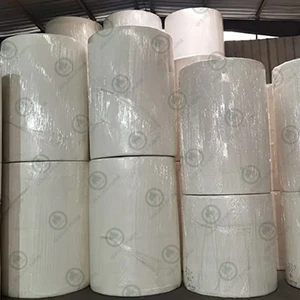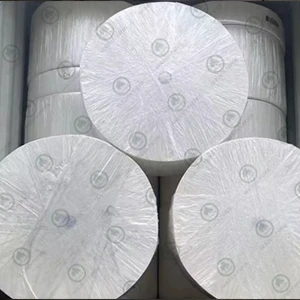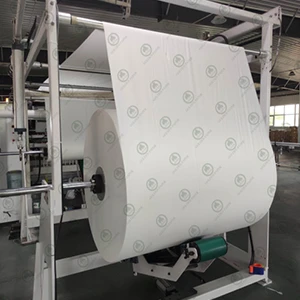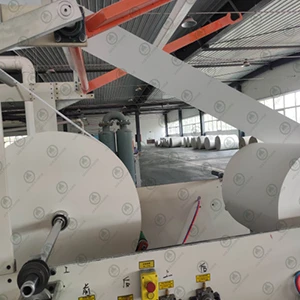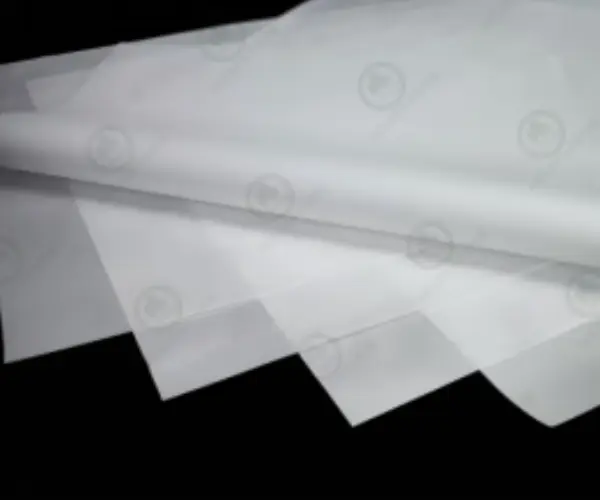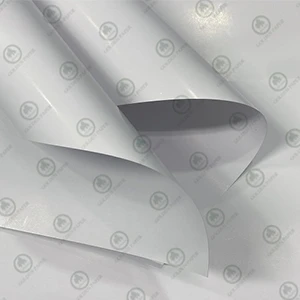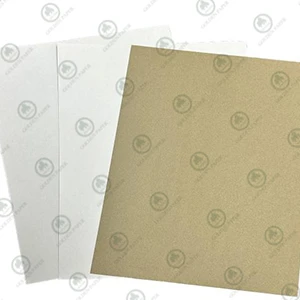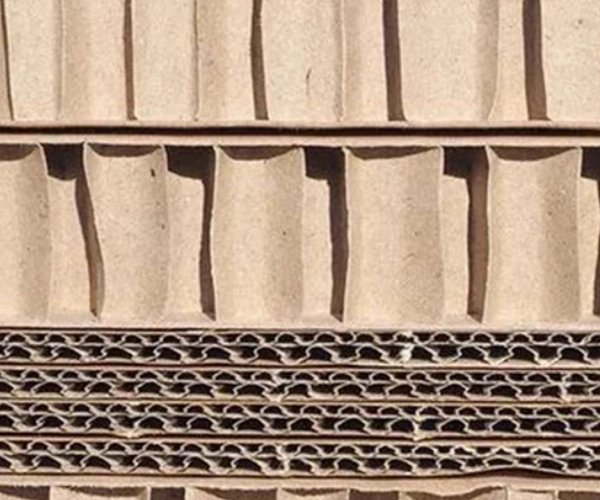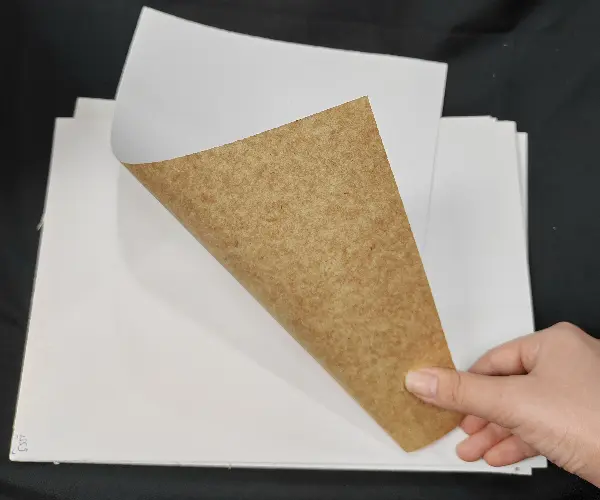Introduction
As a label manufacturer, have you ever been troubled by how to keep paper from falling apart or smudging when it gets wet? If so, it’s worth taking a look at wet strength paper. If you’re not familiar with it yet, keep reading—I’ll introduce what wet strength paper is, how it maintains a certain level of strength, and where it’s commonly used. Hopefully, this can give you some useful insights when selecting paper.
Wet Strength Paper Definition
Before diving into its features, let me explain what wet strength paper is. Wet strength paper refers to paper that can maintain a certain level of strength even after being soaked in water. This is because certain chemicals—commonly known as wet strength agents—are added during production. Generally, wet strength paper meets the following criteria:
The ratio of wet tensile strength to dry tensile strength is greater than 20%;
When exposed to moisture or soaked in water, the paper still retains more than 15% of its original dry strength and resists tearing or disintegration.
Why Wet Strength Paper is Strength?
Wet strength paper is usually categorized by how long its strength lasts after getting wet. Ordinary paper also has some level of wet strength, but it varies between paper types. Most paper loses its strength within seconds after being thoroughly soaked, while wet strength paper remains intact. For instance, wet strength kraft paper doesn’t tear even when crumpled while wet. In everyday use, you’ll notice that different papers vary in how easily they break after being soaked. Regular paper typically loses about 90% to 96% of its dry strength after absorbing water, with only 4% to 10% remaining—this remaining portion is what we call wet strength. By adding wet strength agents, the wet strength can be increased to about 30% to 35%.
Wet strength doesn’t have a fixed value. It is usually expressed as a percentage—wet strength divided by dry strength—typically referring to tensile strength. There are two kinds of wet strength: initial wet strength and re-wet wet strength. Initial wet strength refers to the strength of freshly made paper when re-moistened. What we usually refer to as wet strength is the re-wet wet strength.
The common wet strength agents include: melamine-formaldehyde resin (MF resin), polyamide epichlorohydrin (PAE resin), formaldehyde resin, polyethyleneimine, dialdehyde starch, and glyoxal-modified polyacrylamide. In special cases, other agents like PEI resin are also used.
So why does paper become stronger in water after adding wet strength agents? That’s because paper strength depends on the strength of individual fibers, the bonding between fibers, and how the fibers are arranged and distributed—in particular, the bonding between fibers. This bonding mainly relies on hydrogen bonds. The cellulose fibers are able to form hydrogen bonds due to the presence of hydroxyl groups. These bonds allow the fibers to stick together and give the paper strength even without adhesives.
The wet strength mechanism is generally considered to include two types. One is the “protection” mechanism, which protects the existing hydrogen bonds between fibers. This theory believes that wet strength agents form a network structure around the fibers, preventing swelling and water absorption, thus preserving the existing hydrogen bonds. This is often referred to as the concentric cross-linking mechanism.
The other is the “reinforcement” mechanism, which creates new water-resistant bonds between fibers. According to this theory, cross-linking occurs between the wet strength agent and the fibers. These new chemical bonds (such as covalent or hydrogen bonds) remain even after natural bonds are destroyed by water. This is also known as the “new bond reinforcement” or inter-crosslinking mechanism.
When wet strength agents are added during papermaking, they mix with the pulp containing interwoven fibers. After drying, chemical bonding occurs between the fibers and the wet strength agent. When the paper gets wet again, the agent—now water-insoluble and hardened—remains fixed between the fibers. This prevents water from penetrating the fiber pores, avoiding fiber swelling and bond destruction, thus creating and maintaining wet strength.
The Benefits of Wet Strength Paper
Enhanced Durability
Paper treated with wet strength agents is more durable, tear-resistant, and less likely to be damaged. As I mentioned earlier, some types of wet strength paper don’t tear even when crumpled.
Moisture Resistance
The biggest advantage of wet strength paper is its moisture resistance. It can withstand high humidity or even direct water exposure, helping prevent damage to finished products.
The Applications of Wet Strength Paper
Beverage Labels
Wet strength paper is most commonly used for beverage labels, especially beer labels. Since drinks are often stored in refrigerators to maintain freshness and flavor, condensation forms on the bottles when they are taken out. Labels made with wet strength paper remain intact and legible in these conditions.
Labels and Packaging
Wet strength paper is also used to package frozen foods, wet goods, and other products that may be exposed to moisture. It helps maintain packaging strength and protects the contents in damp environments.
Outdoor Applications
Wet strength paper is also used in outdoor products such as maps, posters, and tickets, which are often exposed to rain or humidity. Using wet strength paper reduces the impact of wet conditions.
Industrial and Medical Uses
In industrial and medical fields, wet strength paper is used in products like wet wipes, medical packaging, and other applications that require strong, tear-resistant materials.
Paper towels and napkins
Some tissue products are also treated for wet strength. This helps them maintain their structure and strength in moist environments, preventing breakage during use and keeping other surfaces clean.
Conclusion
After reading this article, do you feel you now understand wet strength paper better? If you still have any questions about paper materials, feel free to reach out to us at Golden Paper. As an experienced paper manufacturer, we offer a wide variety of paper products to meet your needs. Contact us today to get your free samples!
 GOLDEN PAPER
GOLDEN PAPER
 EN
EN
 fr
fr  de
de  es
es  it
it  ru
ru  pt
pt  ar
ar  vi
vi  tr
tr  id
id 